The New Canada Recovery Hiring Program
The Federal Government recently announced a new program to assist businesses that have been impacted financially by the Covid-19 pandemic. The Canada Recovery Hiring Program (“CRHP”) offers eligible employers who have experienced a declined in revenue as a result of the pandemic, a subsidy of up to 50 per cent of eligible salary or wages. The goal of the new program is to help businesses increase their hiring and employment practices during a financially difficult time.
Eligible Employers can apply for CRHP support through the Canada Revenue Agency (CRA) for June 6, 2021 (retroactively), through to November 20, 2021.The CRHP will overlap with the Canada Emergency Wage Subsidy (“CEWS”) and eligible employers can choose to claim wage support from either program. Employers can choose the subsidy of whichever program provides them with the greater amount, but they will not be able to use both within the same claim period. CEWS will automatically be applied if both amounts are equal.
What is the Difference Between CEWS and CRHP?
The main difference between the two programs is the way that the subsidies are calculated. Please refer to the CRA website for a breakdown of the similarities and differences between the calculation.
Who is Eligible?
Most of the eligibility criteria for CRHP and CEWS are the same, including payroll account requirements and required revenue drops.
Most types of employers who are eligible for the CEWS will also be eligible for the CRHP. However, there are some additional requirements for “for-profit” corporations and partnerships to be eligible for the CRHP.
For-profit corporations are eligible only if they are a Canadian-controlled private corporation, and are also eligible for the small business deduction, or are a partnership where at least 50% of interest are help by employers eligible for the CRHP.
You should note that if your employees are eligible for CEWS, then they are also eligible under CRHP. However, employees who were on paid leave are not eligible to be included in the CRHP calculation.
How Claim Periods Work
The claim periods for the hiring subsidy match the claim periods for CEWS. Each claim period is a specific period of 4 weeks, beginning on a Sunday.
The subsidy does not renew automatically. Each period, you must confirm that you’re eligible and calculate your amount according to that period’s rules before you apply.
There is a deadline to apply or increase your claim for each period.
How to Apply
Unlike CEWS, you only submit one CRHP application for each claim period you are eligible for, even if you have more than one payroll (RP) account. Using the online calculator, you can enter your revenue and employee pay information to see whether your CRHP or CEWS claim would be higher and therefore which subsidy is best to apply for.
There are three ways to apply:
(1) Through your My Business Account, you can find the CRHP application under “Payroll” on the main menu;
(2) Business representatives may apply using the Represent a Client feature. However, note that only representatives authorized at Level 2 or 3 will be able to apply; or
(3) If you are not able to apply with either of the options mentioned, you can use the Web Forms application by using your web access code (WAC).
What Happens After I Apply?
If you are registered for direct deposit, you can expect your payment within 3 to 8 days, and the same for time frame applies for cheques but you also must add mailing time. Each claim period deadline is 180 days after the end of the claim period. There is no availability to change or cancel online yet, however if you need to change from CRHP to CEWS, you can simply submit an application for CEWS that will then replace your CRHP application.
After your application, you will receive a Notice of Determination to know if your claim was accepted, and how much you will receive.
If you have any questions or concerns, speak with a tax lawyer to discuss if the CRHP or any other benefits apply to your particular circumstances. Contact us today!
**Disclaimer
This article provides information of a general nature only. It does not provide legal advice nor can it or should it be relied upon. All tax situations are specific to their facts and will differ from the situations in this article. If you have specific legal questions you should consult a lawyer.

